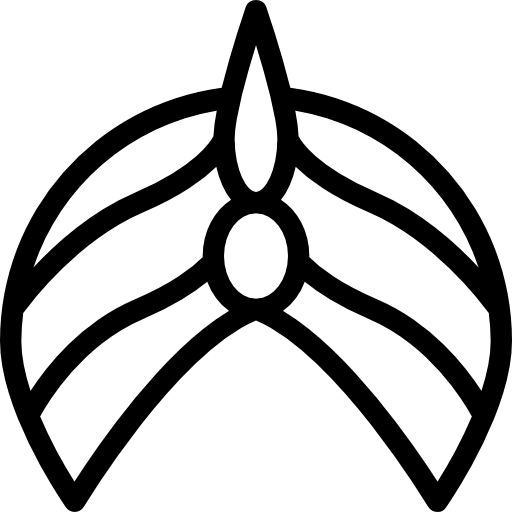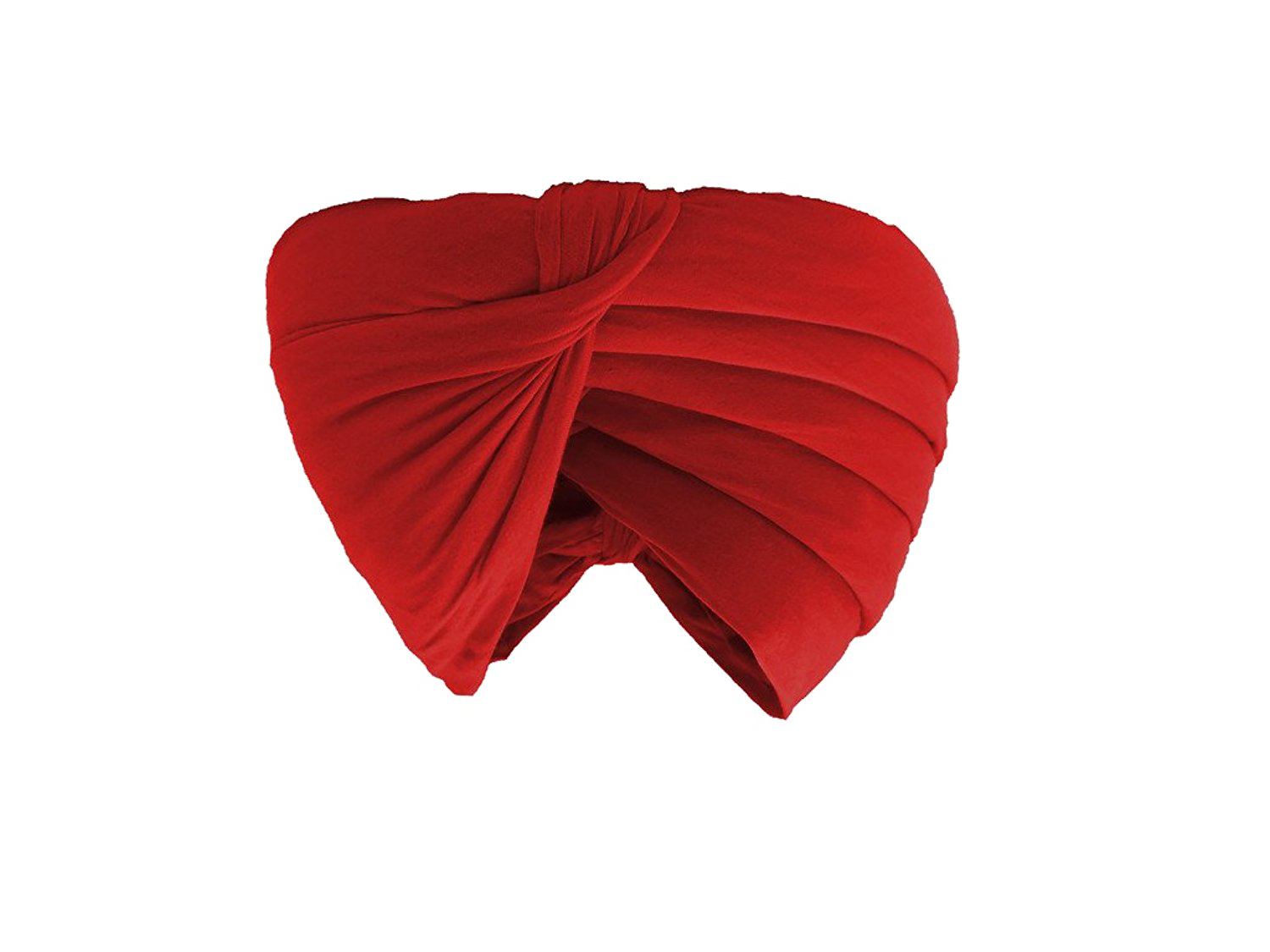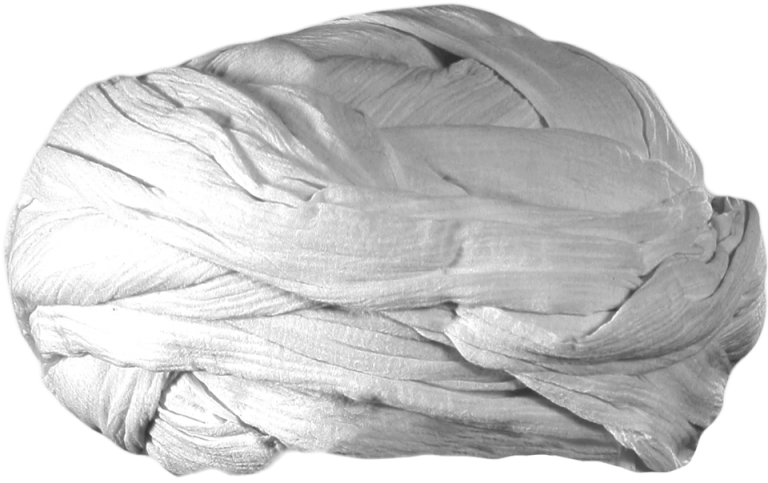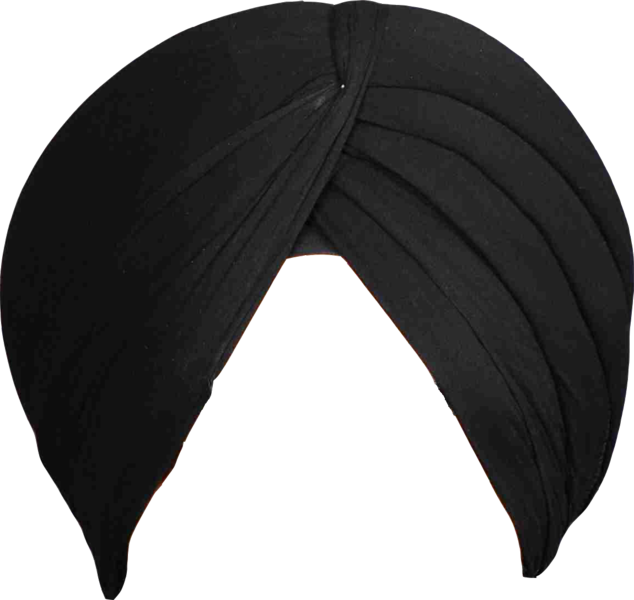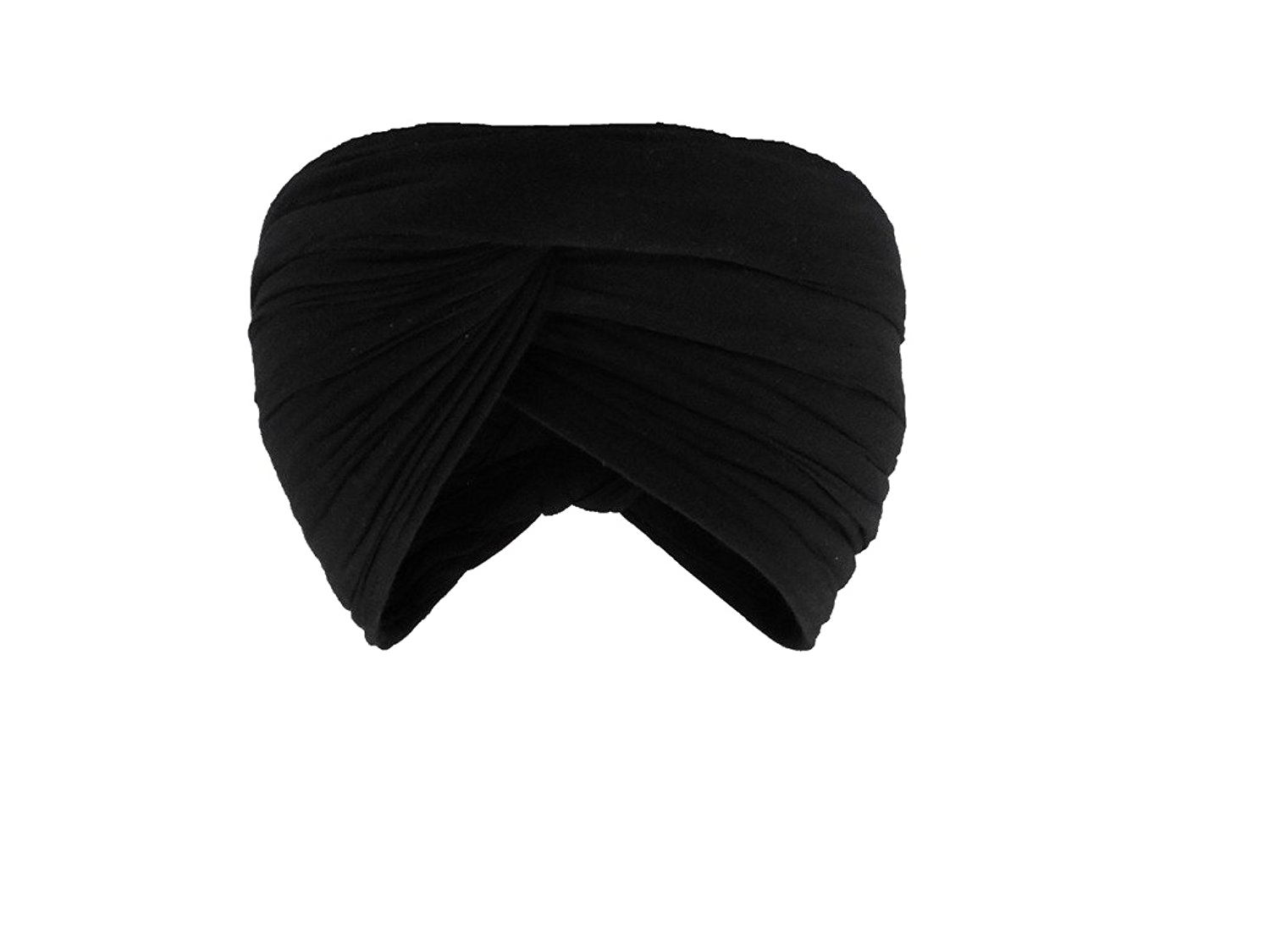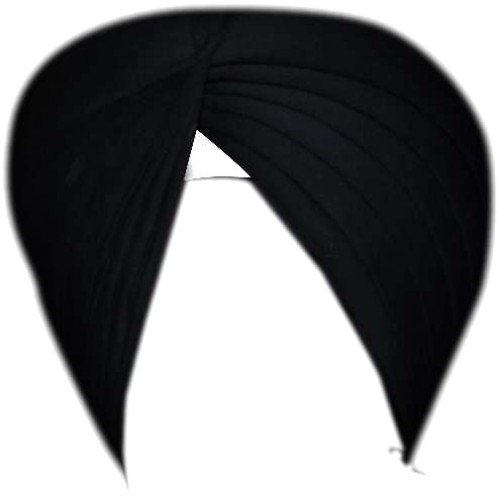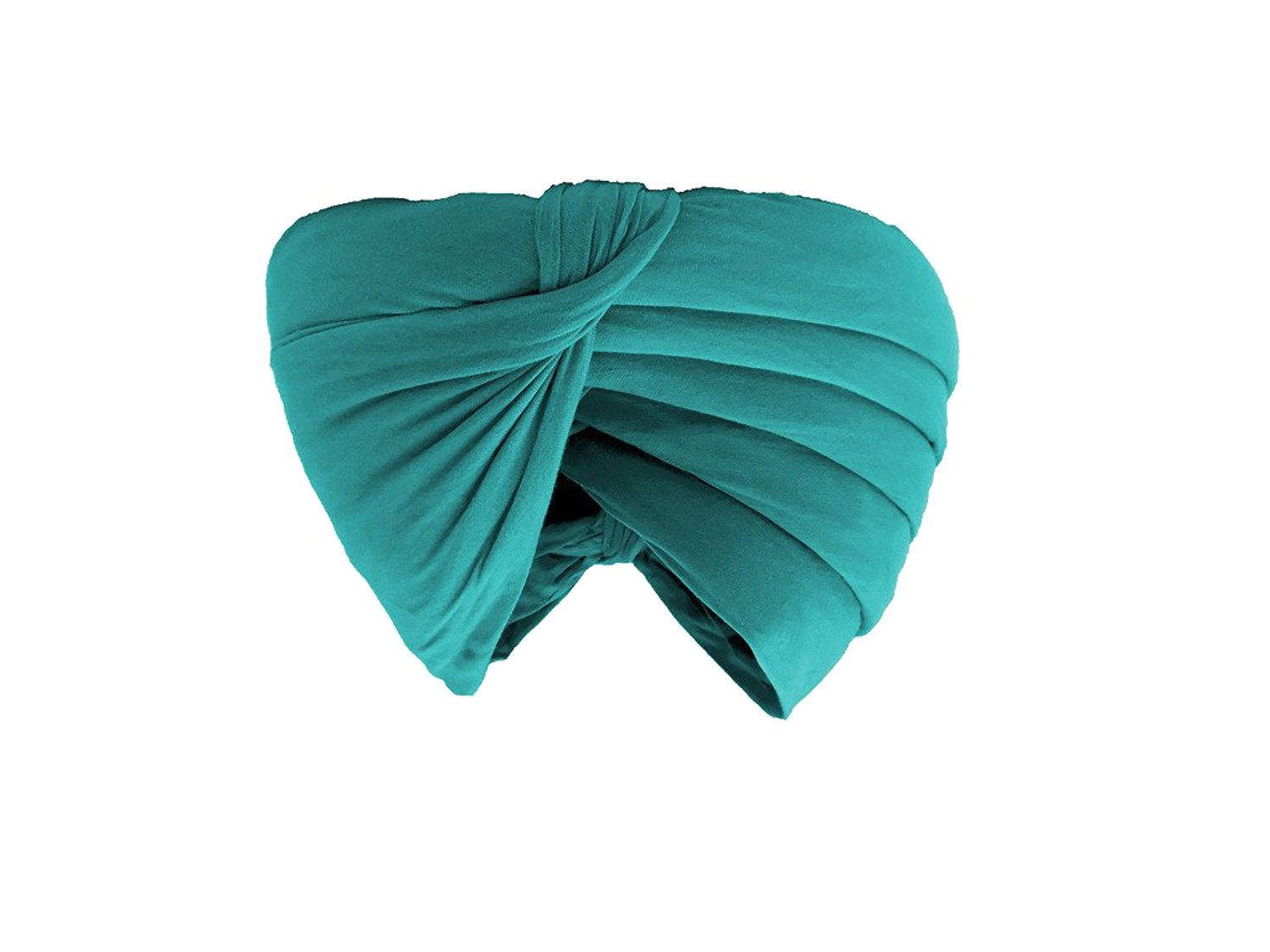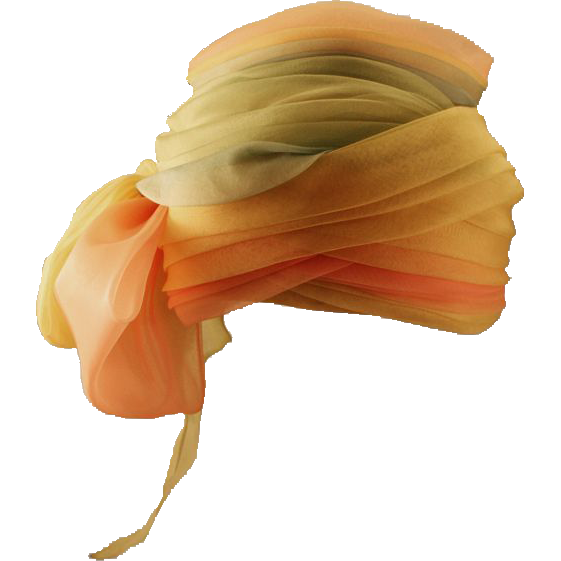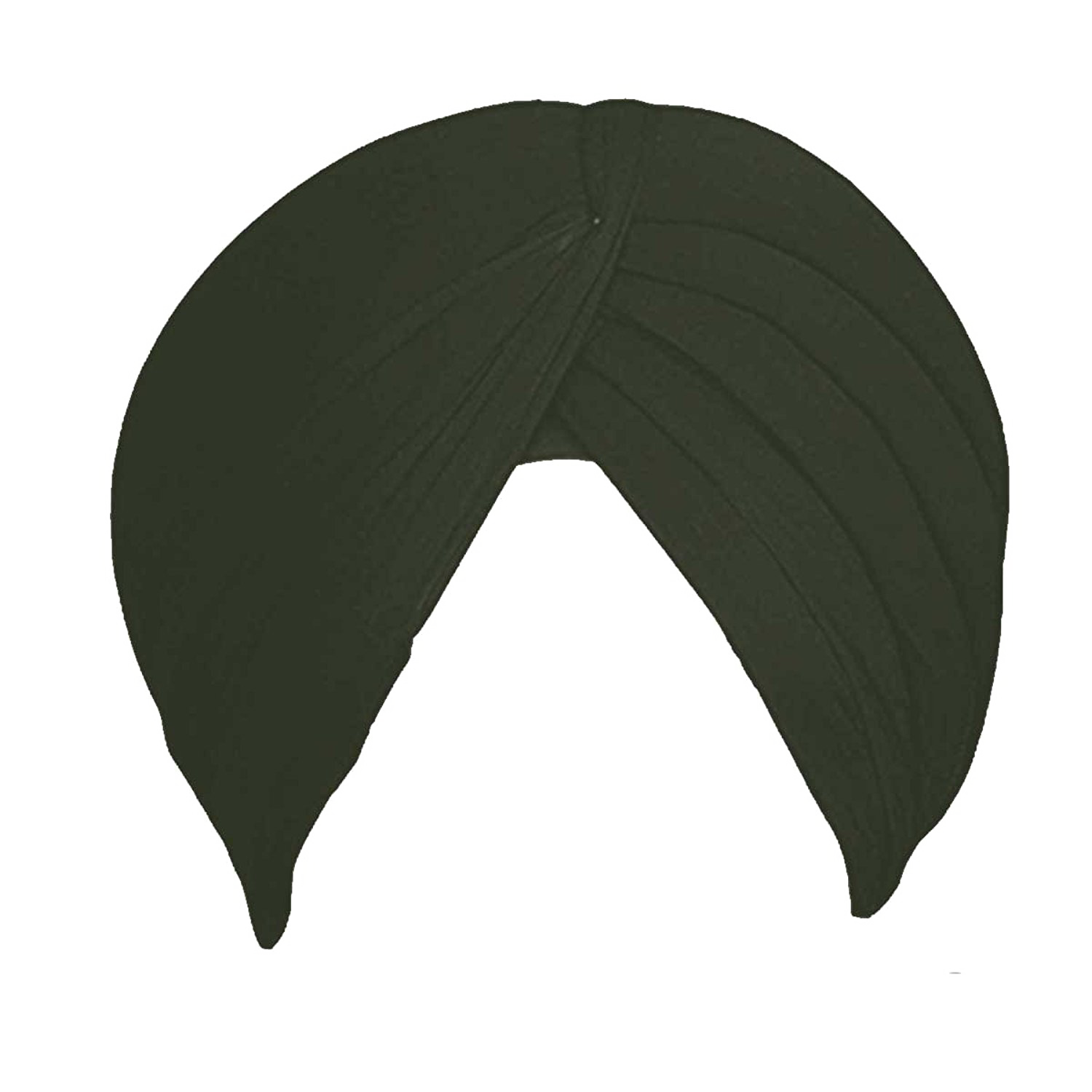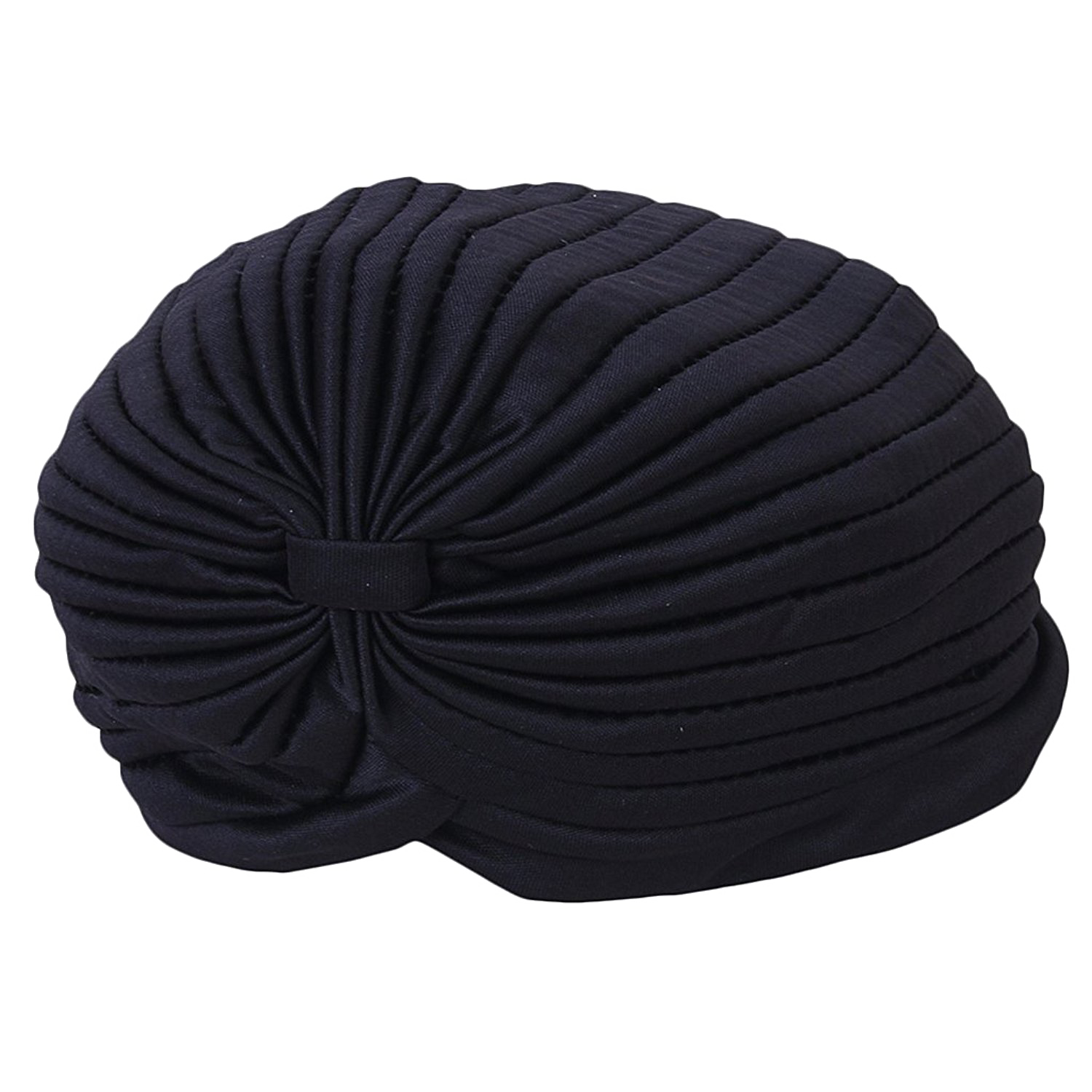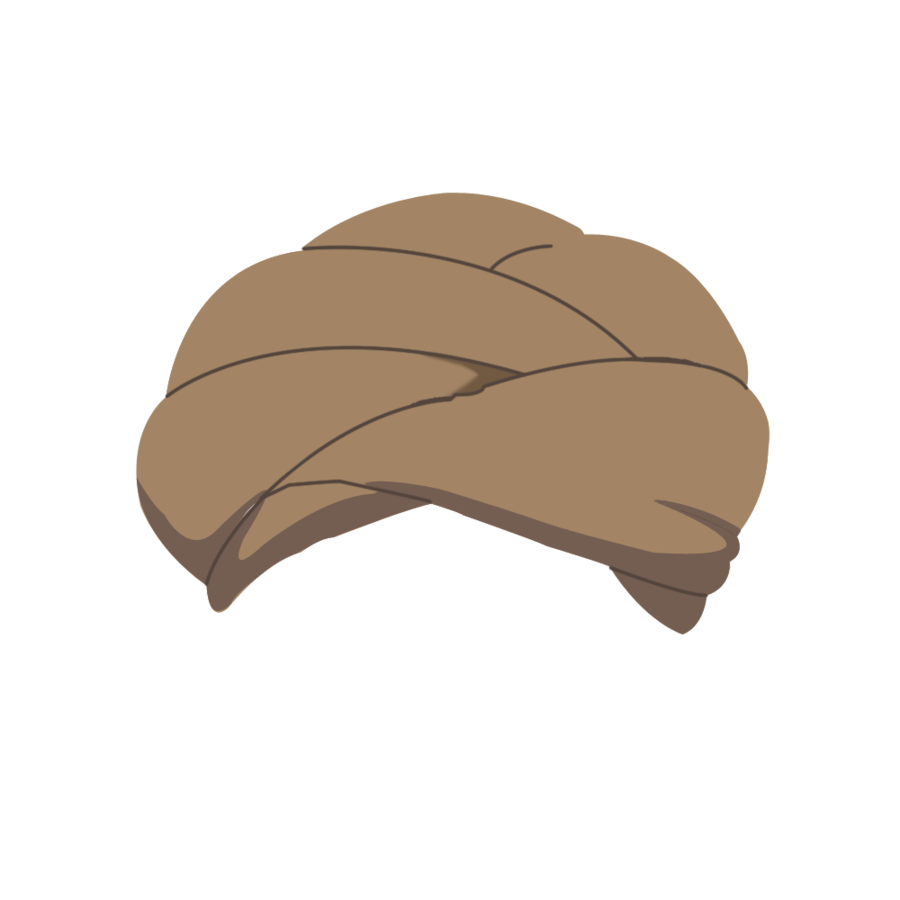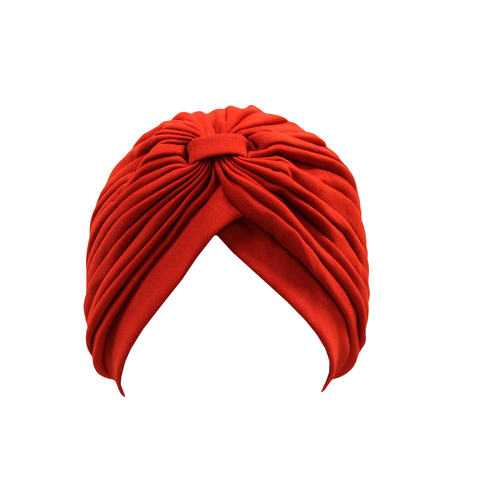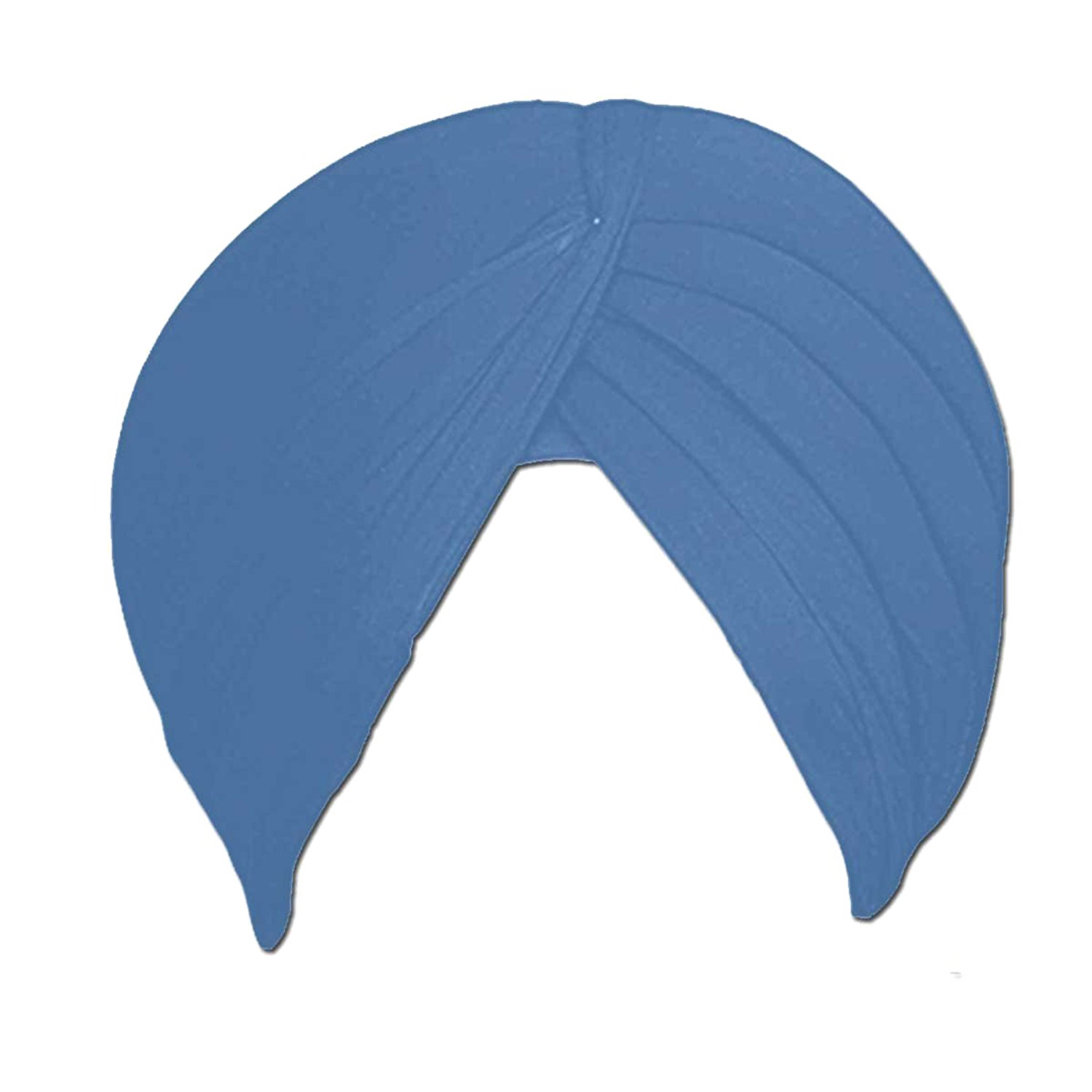Download top and best high-quality free Turban PNG Transparent Images backgrounds available in various sizes. To view the full PNG size resolution click on any of the below image thumbnail.
License Info: Creative Commons 4.0 BY-NC
The turban is a head covering that has been worn for centuries by people of different cultures and religions around the world. It is a versatile piece of cloth that can be wrapped and styled in various ways to suit different occasions and purposes. In this article, we will explore the history, meaning, and significance of the turban, as well as its different styles and cultural associations.
The History of the Turban
The origins of the turban can be traced back to ancient civilizations such as Egypt, Mesopotamia, and Persia. It was widely worn by people of different social classes and occupations, from kings and priests to peasants and soldiers. The turban was not only a sign of status and power but also a practical head covering that protected the wearer from the sun, wind, and dust.
Over time, as different cultures and religions developed, the turban acquired different meanings and styles. In the Middle East, for example, the turban was worn as a symbol of authority and Islamic piety, while in India, it became a part of traditional attire and a mark of respectability and dignity.
The Meaning and Significance of the Turban
For many people, the turban is more than a piece of cloth that covers the head. It is a symbol of identity, faith, and cultural heritage. In Sikhism, for instance, the turban is one of the five articles of faith that represent the Khalsa identity and the commitment to moral and spiritual values. It is also a mark of respect for the Guru Granth Sahib, the holy scripture of Sikhism.
Similarly, in Islam, the turban has different meanings depending on the context and the culture. For some, it is a sign of Islamic piety and humility, while for others, it represents authority and leadership. In many Muslim countries, the turban is worn by religious scholars, leaders, and dignitaries as a mark of their status and influence.
The Different Styles of the Turban
The turban comes in different styles and materials, depending on the culture, occasion, and personal preference. Some of the most common styles include:
- Peshawari turban: a style popular in Pakistan and India, which consists of a large, flat turban that is wrapped around a conical-shaped cap.
- Afghan turban: a style worn by Afghan men, which features a long, flowing tail and a high, conical peak.
- Tulband: a style popular in Turkey and the Balkans, which is made of silk or cotton and is wrapped around the head in a spiral pattern.
- Mussar turban: a style worn by Jewish rabbis, which is made of white cotton and is wrapped around the head in a specific manner.
- Kuffiyyah: a style of headscarf worn by many Arab and Muslim men, which is usually made of cotton or wool and is wrapped around the head and neck.
The Cultural Associations of the Turban
The turban has different cultural associations depending on the context and the culture. In some cultures, it is associated with religion, while in others, it is a part of traditional attire. Some of the most common cultural associations of the turban include:
- Sikhism: the turban is a key element of Sikh identity and a symbol of their commitment to the Khalsa values.
- Islam: the turban is worn by many Muslim leaders and scholars as a mark of their authority and piety.
- Hinduism: the turban is worn by many Hindu men on special occasions and is often made of silk or cotton.
- Judaism: the mussar turban is worn by Jewish rabbis as a mark of their religious status and knowledge.
- North Africa and the Middle East: the kuffiyyah is a popular head covering worn by many men as a sign of cultural identity and resistance.
Conclusion
The turban is a versatile and meaningful head covering that has played an important role in many cultures and religions around the world. Whether as a symbol of identity, faith, or cultural heritage, the turban reflects the diversity and richness of human traditions and beliefs.
Download Turban PNG images transparent gallery
- Turban PNG Pic
Resolution: 1920 × 1920
Size: 966 KB
Image Format: .png
Download
- Turban PNG Picture
Resolution: 200 × 200
Size: 6 KB
Image Format: .png
Download
- Turban PNG
Resolution: 512 × 512
Size: 32 KB
Image Format: .png
Download
- Turban Transparent
Resolution: 1500 × 1125
Size: 549 KB
Image Format: .png
Download
- Turban
Resolution: 768 × 483
Size: 291 KB
Image Format: .png
Download
- Turban Background PNG
Resolution: 200 × 200
Size: 4 KB
Image Format: .png
Download
- Turban No Background
Resolution: 200 × 200
Size: 7 KB
Image Format: .png
Download
- Turban PNG Background
Resolution: 634 × 600
Size: 116 KB
Image Format: .png
Download
- Turban PNG Clipart
Resolution: 1500 × 1125
Size: 299 KB
Image Format: .png
Download
- Turban PNG Cutout
Resolution: 500 × 500
Size: 100 KB
Image Format: .png
Download
- Turban PNG File
Resolution: 1500 × 1125
Size: 642 KB
Image Format: .png
Download
- Turban PNG Free Image
Resolution: 561 × 561
Size: 162 KB
Image Format: .png
Download
- Turban PNG HD Image
Resolution: 1500 × 1500
Size: 408 KB
Image Format: .png
Download
- Turban PNG Image File
Resolution: 512 × 512
Size: 15 KB
Image Format: .png
Download
- Turban PNG Image HD
Resolution: 512 × 512
Size: 36 KB
Image Format: .png
Download
- Turban PNG Image
Resolution: 1500 × 1500
Size: 1068 KB
Image Format: .png
Download
- Turban PNG Images HD
Resolution: 900 × 900
Size: 58 KB
Image Format: .png
Download
- Turban PNG Images
Resolution: 1282 × 1080
Size: 89 KB
Image Format: .png
Download
- Turban PNG Photo
Resolution: 500 × 500
Size: 128 KB
Image Format: .png
Download
- Turban PNG Photos
Resolution: 1500 × 1500
Size: 499 KB
Image Format: .png
Download


